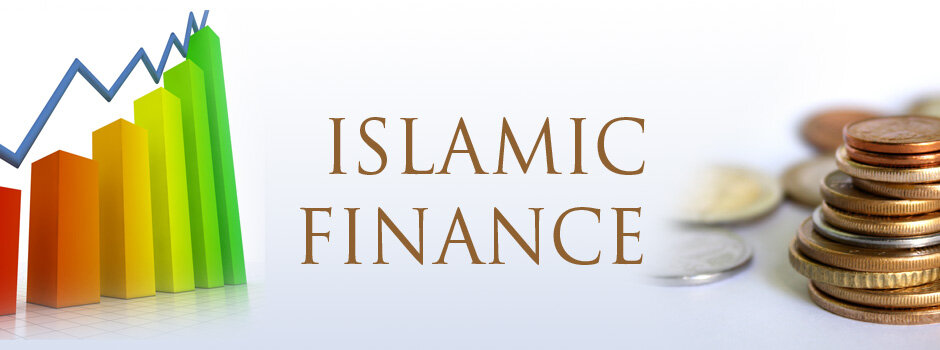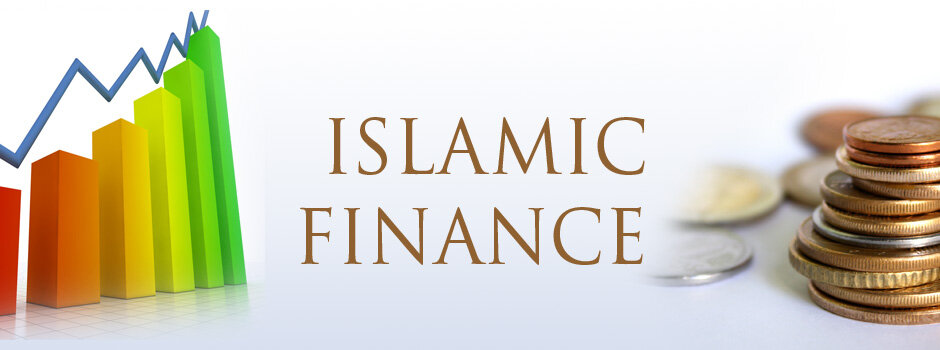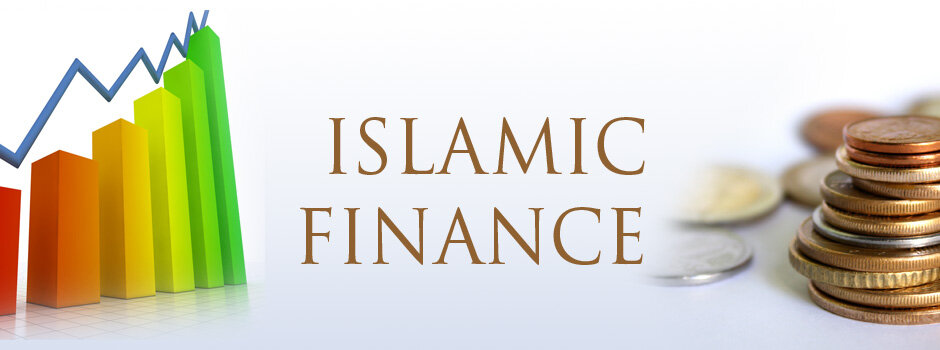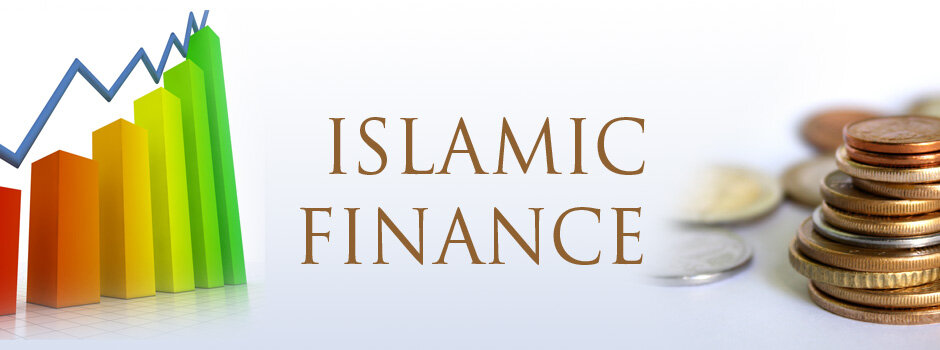To make informed decisions about assets before you start your investment journey, it's crucial to identify the threats they face.
The first adversary is our own greed, which often drives us to seek rapid gains at the expense of neglecting other aspects of our financial portfolio, such as reserves and additional income sources.
The second adversary includes unscrupulous financial intermediaries (banks, insurance companies, asset managers, etc.). In their pursuit of clients, they typically emphasize the benefits of their products while downplaying or omitting special conditions, risks, and fees. Some even engage in fraudulent practices like pyramid schemes.
The third adversary is time, which alters asset values. Over time, people age, homes deteriorate, and money loses purchasing power. Consumer assets are especially vulnerable, but investment assets can also depreciate. Different types of assets fall in and out of favor over time, including commodities like gold, which, for instance, saw its price decline drastically from $850 to $252 per ounce between 1980 and 1999.
Understanding these adversaries allows you to mitigate their impact. Greed can be managed by gaining better self-awareness and channeling ambitions into strategic goals. Unscrupulous financial practices can be countered by thoroughly researching financial institutions and their offerings to choose wisely. Even the effect of time can be harnessed positively: while asset values may fluctuate in the short term, over longer periods 10–20 years, they tend to stabilize through various growth and decline cycles. For example, since 2000, the price of gold has risen over sixfold, from $280 per ounce to $1,920 per ounce.










